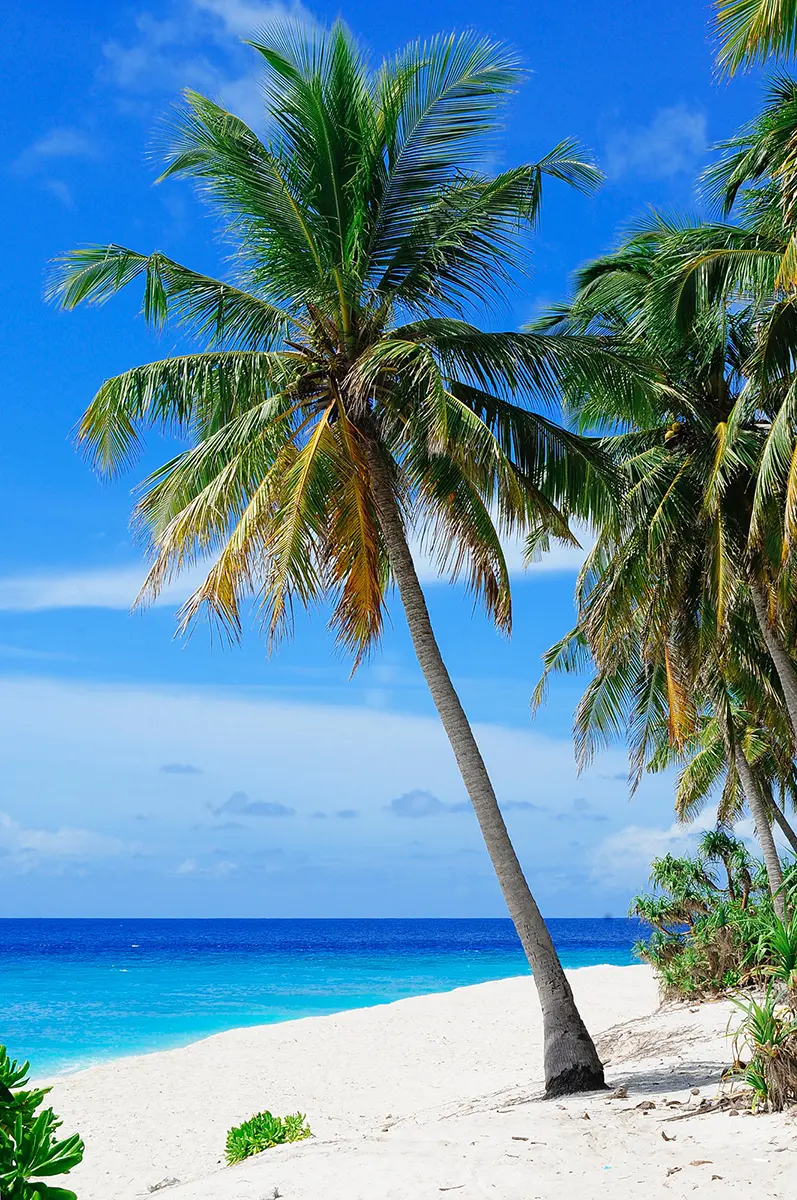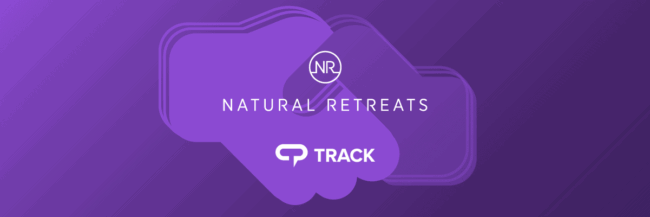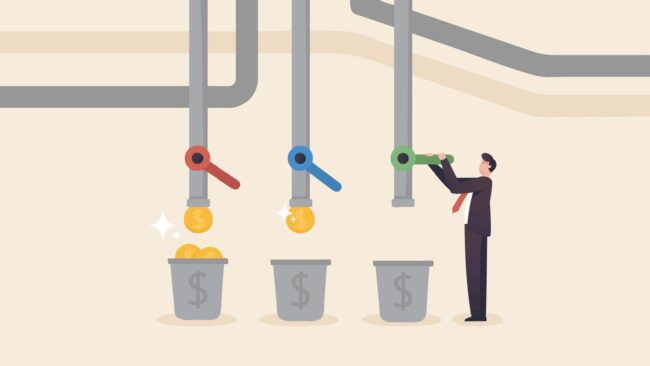Which Part Of The Sales Funnel Matters Most for Hospitality?

“Nothing happens until somebody sells something.”
This old chestnut has been with us for decades. Nobody knows who said it first or in what context, but the point is clear. If you’re in business, then everyone’s job in some way supports a cascading series of events that begin with a sale.
If you’ve watched Glengarry Glen Ross or sold anything, be it cups of lemonade or a seven-night luxury vacation, then you already know the sales process. It still takes a lot of no’s to get to a single yes. Fortunately, there are simple and cost-effective ways to segment your audience and target those most likely to buy, making the scattershot approach a thing of the past.
Even so, it still helps to understand the process by which someone who’s never heard of you becomes a customer. The various models for this are called the sales funnel.
What, exactly, is the sales funnel?
So glad you asked. The sales funnel is a model of how people move from not knowing about a product or service to buying it. In other words, it’s a psychological journey. The better we understand that journey, the better our chances of influencing it, or moving people down the funnel toward a purchase.
The sales funnel concept was pioneered by E. St. Elmo Lewis, one of the fathers of modern advertising, way back in 1898. To his way of thinking, the sales process looked like this:

This now-famous concept is called the AIDA model, and it has informed every sales model that followed. Some funnel models have as many as seven steps, but we’re not going to worry about those right now.
Attention is the widest and is called the top of the funnel, sometimes abbreviated by marketing nerds as TOF. This is the “Hey, look at me!” phase of the process where you try and squeeze your message in between the millions of others. Before you drive a prospect to your website, they first need to know that you are you, and that you have a website. That’s hard.
Examples of TOF activities are anything considered lead-generating such as OTA listings, advertising, PPC, and content that asks for nothing in return such as blogs or social media posts.
Interest is called mid funnel, or the “You have my attention” stage. Whatever magic trick you pulled off to get them here has worked, and some tiny sliver of the attention you earned (or more likely, bought at considerable expense) is now focused on you. They’ve followed your link or completed your form and got on with their life.
Examples of mid-funnel activities are your website, brochures, email inquiries, and phone calls.
Desire is where the lower funnel begins. You’ve proven you know them well enough to understand their needs and wants, and the thought occurs to them for the very first time that they want your thing, so to speak. Now they’re willing to invest some actual time.
Expressions of desire (in the business sense) include adding a trip to a cart or wish list, signing up for a discount, interacting with a sales agent, or chats.
Action is where this has all been headed. It’s the business end, if you will, of the funnel. They found out about you, learned about you, want what you have to offer, and the price is right so they purchase or book.
Does the AIDA model apply to hospitality?
At its most basic, the AIDA model describes how a pool of potential customers become actual customers. So yes, it still applies. But in our business, the distance between funnel stages may be short or nonexistent. Booking travel might only come after extensive research (high consideration) or on the spur of the moment (low consideration). And, as we mentioned, digital marketing makes it possible to go straight to your best prospects, potentially circumventing part of the process.
In hospitality, a more useful way to think of the funnel is from the bottom up. Where does a booking (action) come from? What convinced them to book (desire)? How did they come to consider you specifically (interest)? And finally, how did they find you (attention)?
So even if the sales funnel doesn’t always apply, it’s still useful in understanding how a guest gets from not knowing you exist to booking with you.
Audit your funnel
Before you look at your sales and marketing spend through the lens of the funnel, you need to take a good, hard look at what you currently have in place.
Attention
The attention phase has become much, much easier for hospitality than it used to be. OTAs have deep pockets, and their ability to reach a global travel audience is what you pay a commission for. You have more access to more potential guests now than ever before.
That said, there is some due diligence. Look at your listings and your channel distribution. Are you putting your best foot forward? Have professionals proofread your listing descriptions and taken your property photos?
If you’re trying to drive more direct traffic, attention is considerably harder and more expensive to earn. Outside the OTAs, how would a potential guest ever know you exist? Direct business offers a higher margin and merchant-of-record benefits, but you’ll need to decide how much the cost of driving that traffic (traditional ads, PPC, SEO research, etc.) eats into it. As our VP of sales likes to say, the juice may not be worth the squeeze.
Interest
Whatever expectations you establish in the attention phase, you must pay them off here.
Your primary asset at this stage is your website, and it has to be rock solid. If you’re lucky enough to get people there, it has to be fast, secure, appealing, work well on mobile, communicate your brand, and booking must be dead simple. If any of these things are dicey, then you will have spent a lot of time and money driving traffic that will bounce out if they don’t find what they want.
Desire and Action
Your lower- and bottom-funnel activities are fairly straightforward, and are largely determined by the accuracy and polish of your booking engine. This is no place to skimp or relegate everything to default settings. You’re playing with the big boys now, and booking with you needs to be as slick and trust-inspiring as the OTAs.
Which part of the funnel matters most for hospitality?
It’s not a cop-out to say it depends. Every business, situation, and budget is different. But we wouldn’t be writing this if we didn’t have an opinion, which is that the interest stage is the best place to direct extra resources — especially when driving direct business.
Initial expectations are established during the attention stage, over which you only have so much influence. Assuming your OTA listings are flawless, a very small percentage of customers will move from attention to interest.
There are a number of mistakes that can happen at this stage:
- Overestimating their level of interest
- Confusing them
- Failing to capture lead data
A very, very long time ago, when the web was new, you could reasonably expect that someone who found your expensive, slick, and likely Flash-based (ugh) website would “explore” it. Those days are long past. They want prices, pictures, and promotions. If they don’t see it in a few seconds, or if your landing page is slow to load, they’re gone.
Think of interest as being a tiny, fragile ember. If you want it to become a raging inferno, you don’t dump a pile of logs on it. You let it breathe and give it only what it needs at the moment. Your information must be absolutely clear, logically organized, and look amazing on mobile devices. CTAs should be obvious, but not plastered all over the page. Your headings should tell a story. Smart investments here include professional web/UX designers and copywriters.
B2B companies have mastered the art of capturing lead data, most often through popups. But customers are savvy. They know their email is valuable, so if you want to capture it, you need to provide some value in return. A great way is with an exit popup, which only triggers if they move their cursor to the upper left corner of the page to go back or close it.
If you’re running any specials or packages, put them front and center on your landing or home page if you can. Otherwise, add them or some other time-sensitive offer to an exit popup, e.g. “Before you go, would you like us to notify you about our midweek specials?” Yes, the vast majority won’t bite, but if they do, you can skip past the attention and interest stage and market directly to them, hopefully creating the desire that will lead to a booking.
Track makes it easy to capture and attribute leads, creating guest records that will fill in as their relationship with you matures. By following the guest journey from interest through action, you can better understand how the sales funnel applies to your situation and make the strategic investments that will turn more prospects into loyal guests.



